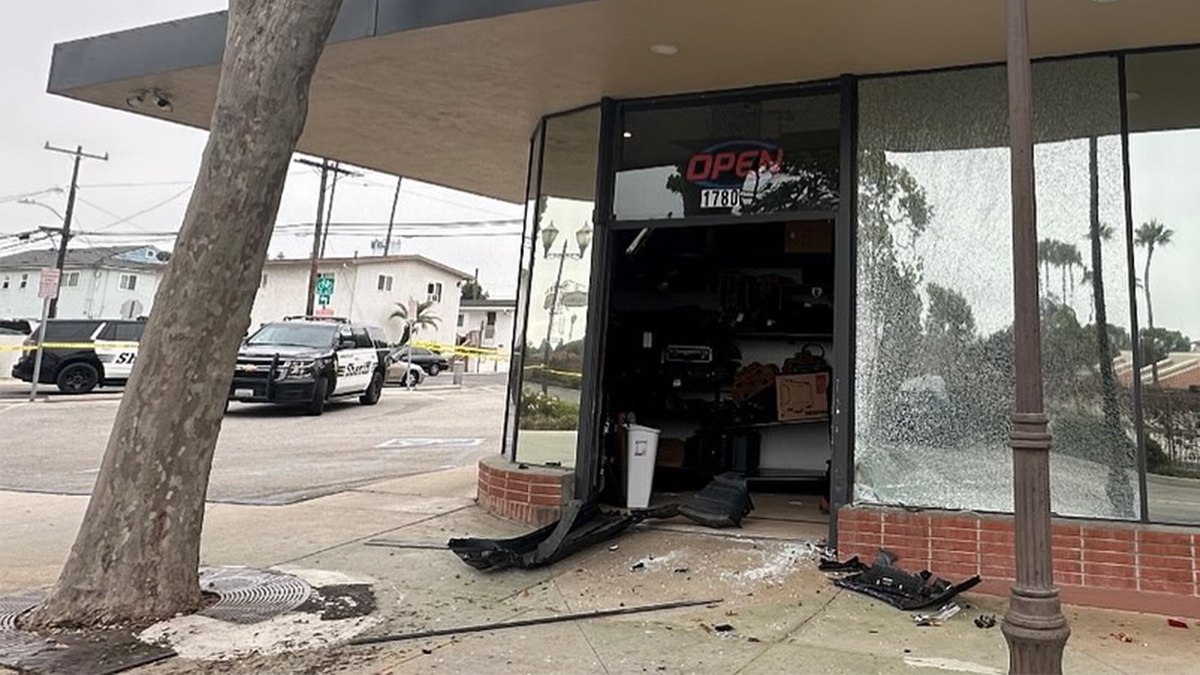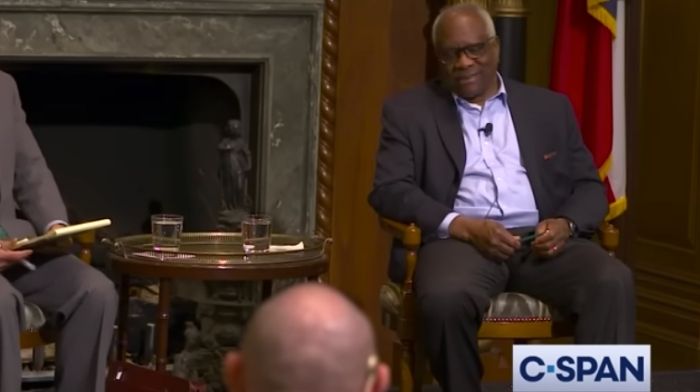Oleh Senstov’s Real is not really a film in the conventional sense. Nor is it really a documentary. It can best be described, as the filmmaker himself puts it in a filmed introduction, as “material.” That’s because the film (for the purposes of this review, let’s call it such) is the result of an accident. It’s composed of 90 minutes of raw, unedited footage captured by a GoPro camera perched on the filmmaker’s helmet while he was serving in the Ukrainian military. Senstov unwittingly turned on the camera after his infantry fighting vehicle was destroyed by Russian artillery, and the footage documents his ensuing efforts to call for help in evacuating his unit even while they’re under fire and running out of ammunition.
The result, receiving its world premiere at the Karlovy Vary International Film Festival, is as immediate a portrait of war as you could imagine, alternately harrowing and boring, and undeniably true to its title.
Real
The Bottom Line
A found-footage war movie.
Venue: Karlovy Vary International Film Festival
Director: Oleh Senstov
1 hour 30 minutes
Sentsov, who entered the Ukraine military shortly after the Russian invasion, is an experienced director with three feature films to his credit. He’s also an activist and dissident who was charged by Russia with planning terrorist attacks and sentenced to 20 years in prison. A year after receiving the European Parliament‘s Sakharov Prize for Freedom of Thought, he was released as part of a prisoner exchange deal between Russia and Ukraine.
Senstsov wasn’t aware that he was filming during the battle that occurred last summer, only discovering the footage months later. He considered deleting it, but then decided that it served as a valuable document of war as it actually occurs. The 90 minutes of footage (that’s the point at which the camera battery ran out), which received minor post-production tweaks involving sound and color correction, serves as a visual document of modern trench warfare.
Not that we see any actual action in the film, which mainly shows Senstov — who commanded a unit and whose code name was “Grunt” — and his men hunkered down in a trench in a position known as “Real,” named after the Madrid football club. (The Ukraine military seems to have a particular affinity for the sport, with other positions labeled with the names of such teams as Chelsea, Barcelona and Marseille.)
Since the camera is located on Sentsov’s head, we never really see him. But we do hear his gruff voice barking instructions to his men and into the radio as he serves as a human tripod. Their situation is perilous; as Senstov puts it, they’re “running out of ammo and people,” with several men wounded. They’re surrounded by Russian forces, and their location is periodically shelled as Senstov desperately attempts to arrange their evacuation.
The soldiers handle their situation with impressive stoicism and resignation, their impassive faces registering little panic as we hear such radio transmissions as “What’s our next move?” and “What’s the leadership saying?” Mostly they wait, and wait, and wait, for the help that’s a long time in coming. “The situation’s shitty. We’ll be coming to you now,” they eventually hear over the radio.
Real proves rather trying and patience-testing as a purely cinematic experience, especially as compared to such galvanizing documentaries as the Oscar-winning 20 Days in Mariupol. But it nonetheless serves as an important historical document, one that is also an illustration of a particular aspect of modern warfare and the courage of Ukrainian soldiers facing impossible odds as they fight the Russian army. As we eventually learn in the final moments, there were numerous Ukrainian casualties during the battle, including several of the men we see in the film. Real serves as a fitting memorial.



























































